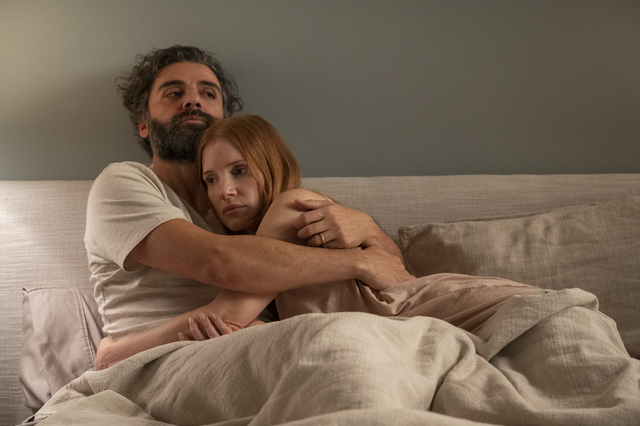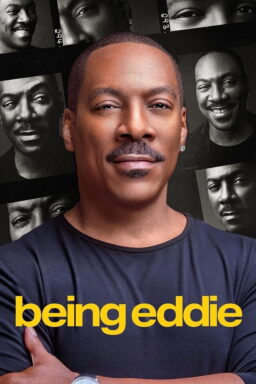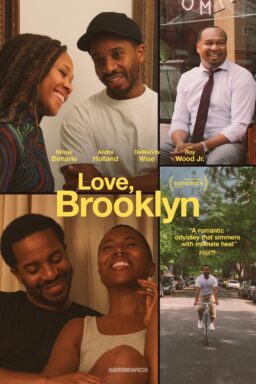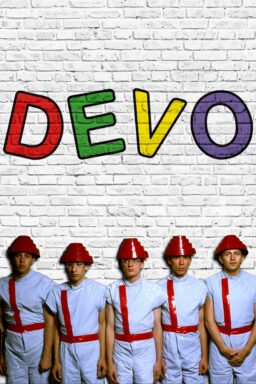Hagai Levi knows that he’s on sacred ground. When it was announced that the creator of the original version of “In Treatment” as well as Showtime’s acclaimed “The Affair” would be remaking Ingmar Bergman’s “Scenes from a Marriage,” purists gasped. And they nearly fainted when it was revealed that much of Levi’s take would gender flip the original roles. Tempers were calmed a bit by the casting, reuniting old friends and former collaborators Oscar Isaac and Jessica Chastain, who jumped in after Michelle Williams had a conflict (she’s still credited as a producer). The resulting drama is intimate and intense, premiering Sunday, September 12th, running for the next five weeks on HBO. Levi recently jumped on a Zoom to talk about the production, his changes, his loyalty to the source, and even how different it is to work with HBO than Showtime.
Gender roles and definitions of partnerships have changed significantly in the half-century since the original. How important was it to you to make the story contemporary, and, without spoiling things, how you endeavored to do that?
It was a big question. For Americans sometimes, the answer is because it’s in Swedish. That wasn’t good enough for me. I needed a good reason to give myself to do this now. It was ultimately to modernize it but that still wasn’t enough. So I had the idea of the gender swap and felt like this was a good reason. It’s also, for me, a very interesting experiment in gender. I didn’t change much when I swapped but, then again, it changes everything, you know? So I think a lot of it has to do with how much can you feel empathy for the woman? I remembered originally that you didn’t feel any empathy for the man, he was just an asshole, the villain, and Bergman didn’t care about me not liking him. When swapping it, I had to make sure—that was most of my work—that you feel for her. And that is the modern idea about the fact that she’s doing what she’s doing, but you feel that he deserves it somehow.
Viewers are going to want to take sides. What would you say to them?
I can’t put on the screen a villain. It’s something I don’t know how to do. I’ve never done it, so maybe it’s a problem with me. So it’s hard. It’s obvious that he’s the victim, so you feel for him, and it’s harder to feel for her. But I have to say that I’m so much with her. I like her so much. I understand exactly what she’s doing and how it’s bigger than her. She had to do what she had to do in order to come back to her senses, so to speak, after five years. So I think what I try to do is that you can not actually pick a side. Of course, you will personally, but it won’t be easy.
How much did you refer back to the source material? How common was on set and with the actors?
It was common in rehearsal. It was less common in shooting. When I started writing, I never watched it again. I felt I didn’t want to see it. I have a script and it’s not right. Especially Oscar, he really liked to watch it again and again to take whatever he could from there and get inspiration. Sometimes they said it felt to me like a sort of Frankenstein experiment, where I’m changing the rules but keeping the original story. It’s sometimes created very weird moments. To understand why I did that, we would go back to the original. But once we started shooting, it was quite rare. I didn’t allow it.

Bergman’s version was very personal. How much of you is in this project?
It’s interesting. It’s a remake, but I think it’s the most personal piece I’ve ever made. It is very personal. Everything that has to do with his character, I took from my reality, including the religious background, including all the inhibitions. I’ve been through divorce twice. So I took whatever I could take. Yeah. I feel the accusations—the way she accuses him is something I’ve been through a lot. “You didn’t notice. You were so cerebral and not emotional.” I think a lot of men have heard that line. Sometimes I see her, and I know I am this person too. So not only him.
What do Oscar and Jessica bring that others would not?
One thing is the fact that they were friends. The chemistry between them is unbelievable. So that’s something that I couldn’t create myself. It’s quite abstract but they own the characters pretty early. They knew them better than me what to do. They knew better than me these characters. Whenever we would have an argument or discuss what the characters should do, sometimes I would say no, and later on I would discover that they were right. They know.
Jessica jumped into the project in a day. She could do that only because she read the first scripts in one day and felt it was totally her. The combination of power and vulnerability is something she does a lot—she’s strong but seems very vulnerable. Behind that you feel a lot of desire and passion, but, again, something restrained. All of those elements are crucial to the story because this is a story about a woman who repressed her sexual side for many years in order to keep her family.
Oscar, I just met with him over Zoom yesterday, and only just realized again the metamorphosis he did for this role. That was the idea. Oscar is kind of a male sex symbol—very masculine—and I knew if I was going to turn him into a neurotic, Jewish professor that you would still feel his power and charisma behind it.

How much input do you allow them as a creator? Are they allowed to say, “I don’t believe my character would do this or say this”? How collaborative are you in that regard?
During rehearsal, it’s totally collaborative. We had a month and a half of rehearsals, which is SO rare in television. We rehearsed every scene multiple times. So we discussed a lot. I rewrote the script again and again. When we get to the set, it was more 95% it is what it is. It wasn’t improvised.
Why the prologues that open behind the scenes? I’m curious about that choice. What’s your thinking?
Sometimes you have this instinct, and you cannot explain it fully. That was a very late decision. It wasn’t in the scripts. I was walking around the sets they were building. Sometimes I don’t want pretense. I don’t want to hide that this is a set. It relates to an idea that I had that this is not about this specific couple. The hyper-realism of this specific couple is not the point. It’s every man and every woman and every couple. So it was a way to not pretend. I’m telling you, “This is a show. This is a discussion about ideas.”
I like it. It’s almost like an overture that says, “This is a creation. This is a piece of art made by people.”
Exactly. Also it helped me because it was to say, “This is a nod to something else. This is an adaptation.”
You had kind of a difficult experience on “The Affair”? How did that impact this one?
Well, it was easier here because I wrote and directed everything. I was the sole showrunner. I think the other difference is that it was HBO this time. By definition, they want to explore and experiment and do things where the commercial side is not necessarily the main element. So it went really really good. I don’t know if there is another place in America, maybe in Europe, that is so living under an ethos that supports the artist. It started 30 years ago and then it’s just there in the narrative all the time. It just made it really different this time.












